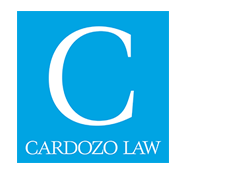Publication Date
3-1-2024
Journal
DePaul Law Review
Abstract
Controversy over public nuisance in recent high profile cases invites the question of whether, and to what extent, it is limited by its roots in tort law. This article, which was prepared for the 2023 Clifford Symposium on “New Torts” focuses on causes of action in which the state seeks to enjoin the defendant by requiring that it abate the consequences of the invasion of a public right. In the most controversial of these public nuisance actions, such as lead paint and opioids, the wrongful conduct that is remedied by the injunctive relief has already ceased, and the state does not maintain that it will recur. This article begins by sketching out the principal that lay beneath the diverse remedies awarded in private and public nuisance. Both private and public nuisance have the same structure: in both a right to redress is grounded on the defendant’s wrongful interference with a capacity, the possession of which the law protects against unreasonable interference. In the case of private nuisance, it is the capacity to use one’s real property to execute one’s lawful plans. In the case of public nuisance, it is the capacity to use a “right common to all” to execute one’s lawful plans. The article compares and contrasts the role of damages and injunctive relief in private and public nuisance and argues that there are sound reasons based in tort for why damages are not available when the state sues not in its capacity as possessor of private property, but in its capacity as fiduciary for all who could have exercised the public right. In this capacity, damages, unlike in private nuisance, are not a second-best remedy, but are no remedy at all. It follows from this conclusion that it is not enough for a state, in its capacity as a fiduciary public nuisance plaintiff, to argue that an injunction will give something equal in value to the losses suffered by citizens as a result of the defendant’s interference with a public right; it must be able to explain how the injunction will actually reinstate the capacity with which the defendant interfered.
Volume
73
Issue
2
First Page
525
Publisher
DePaul University College of Law
Keywords
Public nuisance, private nuisance, tort, abatement, opioids
Disciplines
Law | Litigation | Torts
Recommended Citation
Anthony J. Sebok,
Making Sense of Abatement as a Tort Remedy,
73
DePaul L. Rev.
525
(2024).
https://larc.cardozo.yu.edu/faculty-articles/806



